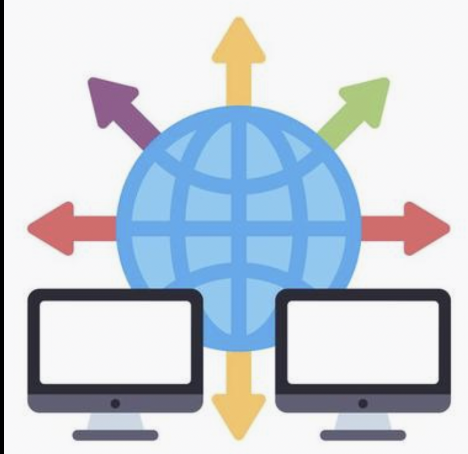
Internet Routing Protocol
Discover the basics of internet routing protocols! Learn about routers, routing tables, and the key categories of routing protocols used for internet connections, including BGP sessions.
Let’s start with basic terminology to understand the bigger picture of routing protocols.
Table of Contents
What exactly is a router?
A router is a device that forwards data packets to appropriate parts of the network.
Now, A routing protocol tells us how different routers can exchange information with each other. The way information is exchanged is determined by nodes on a computer network.
Routing protocols are broadly classified into 7 different categories:
1. Location-Based
2. Data-Centric
3. Hierarchical
4. Multipath-Based
5. Heterogeneity
6. QoS-Based
7. Link State
The choice of which routing protocol to use depends on different routing algorithms, applications, or sensor network architectures.
The most important term in understanding the router process is also:
Routing Table
A routing table contains information about different routes. Based on routing protocols, each node and router will decide which route to take. This decision differs based on various algorithms or steps.
There are two types of routing tables: Static routing tables, which are updated manually, and dynamic routing tables, which update automatically.
Today, we will specifically discuss Internet router protocols. In simple words, we’ll explore the type of routing used by your internet provider, also known as a “home router.”
Internet providers mostly use fixed routes because they only need to manage two networks: your local LAN and the broader network (upstream).
Here are the protocols used for internet connections:
1. IP – The Internet Protocol specifies the origin and destination for each data packet. Routers inspect each packet’s IP header to identify where to send them.
2. BGP: The Border Gateway Protocol (BGP) routing protocol is used to announce which networks control which IP addresses and which networks connect to each other. These large networks making BGP announcements are called autonomous systems. BGP is a dynamic routing protocol.
The following protocols route packets within an AS (Autonomous System):
1. OSPF: The Open Shortest Path First (OSPF) protocol is commonly used by network routers to dynamically identify the fastest and shortest available routes for sending packets to their destination.
2. RIP: The Routing Information Protocol (RIP) uses “hop count” to find the shortest path from one network to another. “Hop count” refers to the number of routers a packet must pass through on its way. When a packet goes from one network to another, this is known as a “hop.” Other interior routing protocols include EIGRP (the Enhanced Interior Gateway Routing Protocol, mainly for use with Cisco routers) and IS-IS (Intermediate System to Intermediate System).
Inter-Domain routing is the routing between two or more autonomous systems. This protocol is an implemented version of path vector routing protocols. RIP and OSPF are a part of them.
Many people are confused about the difference between these two, so let’s be more specific and understand them.
RIP is basically an implemented version of the distance-vector protocol, and OSPF is an implemented version of the link-state protocol. Both have different algorithms, and their routing update times are different. In RIP, the router sends an updated routing table to neighbors every 30 seconds, whereas in OSPF, routers generate new Link State Packets (LSP) periodically in 1-2 hours.
The Border Gateway Protocol, aka BGP, as mentioned above, is a dynamic router protocol. Let’s delve deeper into this.
In BGP, the connection between the speaker nodes of different ASs is called a session. The connection or session is set up for sending and receiving the routing table. TCP-level services are used for BGP sessions.
There are two types of sessions in BGP: External BGP Session and Internal BGP Session.
External BGP Session: This session is used for exchanging routing information between two speaker nodes of two different Autonomous Systems.
Internal BGP Session: The I-BGP session is used for exchanging routing information between the routers inside an autonomous system.
Conclusion
Understanding the fundamental concepts of routing protocols, routers, and routing tables is essential for comprehending the intricacies of network communication. We explored various routing protocol categories and their significance, delved into specific protocols used by internet providers, and highlighted the differences between key protocols like RIP and OSPF. Additionally, we discussed the dynamic nature of the Border Gateway Protocol (BGP) and its role in inter-domain routing.
Now, here’s an interesting fact: Did you know that the Internet’s global BGP routing table can contain hundreds of thousands of routes, making it a highly complex and constantly evolving system? This intricate web of routes is what enables data to traverse the vast global network, connecting users across the world.

